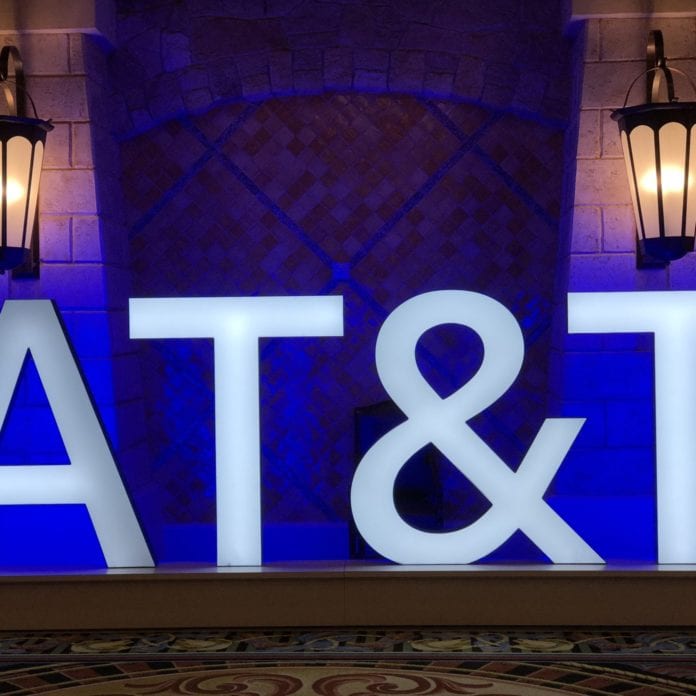AT&T to launch mobile 5G in 12 markets by year-end
During Mobile World Congress in Barcelona when RCR Wireless News last spoke to Gordon Mansfield, AT&T’s vice president of converged access and device technology said his “number one focus and priority” was overseeing the network build needed to launch standards-based, mobile 5G in 12 markets by the end of the year. This week we sat down with Mansfield at the AT&T Business Summit in Dallas to learn what has happened in the intervening seven months.
AT&T plans to stand up 5G services this year in Atlanta, Charlotte, Dallas, Houston, Indianapolis, Jacksonville, Louisville, New Orleans, Oklahoma City, Raleigh, San Antonio and Waco. That’ll be followed in “early 2019” by activations in Las Vegas, Los Angeles, Nashville, Orlando, San Diego, San Francisco and San Jose.
For its first cut at 5G, AT&T is using millimeter wave spectrum. Mansfield said the carrier expects around 500 meter inter-site distance, which is aligned with its LTE densification efforts. “One of the beauties of it being non-standalone is your control layer stays on your sub-6 [GHz] frequencies. Since you’re putting millimeter wave as a secondary carrier and your control stays on that existing spectrum, we expect similar distance.”
In terms of connecting these wireless sites to fiber, Mansfield said the carrier is using a combination of leased and owned fiber. The decision is not “one-size-fits-all.” In terms of maximizing fiber capacity, Mansfield said wave division multiplexing is among the tools the operator is tapping. “We’re developing what we call anyhaul. We can certainly do WDM-types of architectures. We’ve also got some passive optics that we can use, multi-colored optics. We’ve got to manage the fiber counts required. In some cases we’ll do a little bit a mix of all it.”
On the RAN virtualization piece, Mansfield mentioned the work being done through ORAN Alliance, launched by AT&T and other industry stakeholders in February. That group is focused on RAN virtualization based on open, interoperable interfaces and commercial-off-the-shelf hardware in an effort to move away from proprietary hardware.
In this long-term move toward network disaggregation, vendors, while actively participating in relevant industry consortia, have also pointed out the challenges—namely, if you’ve got a site built from a combination of vendor-specific and COTS hardware, who do you call when it breaks?
“You have to be careful on how you evolve what you put in your network,” Mansfield said. “You want to have architectures that give you complete flexibility. You make smart choices…so you minimize the ramifications of something breaking. You don’t go and do a wholesale change.”
Asked what keeps him up at night, Mansfield said, “I’ve got a lot of moving parts within my own organization and with our partners. We’re making great progress, but it’s certainly something that, if I don’t stay on top of every single day, things might get a little bit out of sync.”
But, he said, “When you’re on the precipice of introducing new technology and you’re doing things for the first time in the world, it’s exciting. It’s pretty easy to keep the team motivated.”

